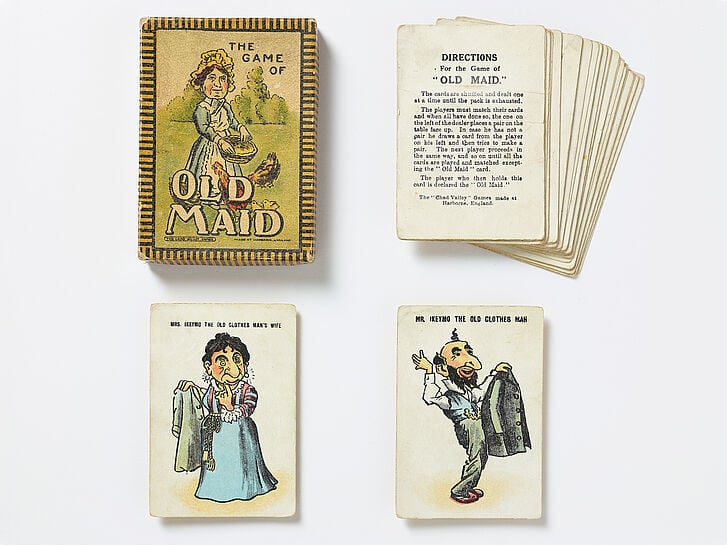
The German Historical Museum in Berlin has acquired the Wolfgang Haney Collection, a formidable and important collection of objects and artifacts that document antisemitism across two centuries of European history.
Wolfgang Haney, who died in 2017 at age 93, spent three decades collecting 15,000 objects that trace the history of antisemitism in Europe, from documents showing how European Jews were persecuted to items that capture the media’s cover-up of atrocities that took place under National Socialism after 1945, as well as contemporary manifestations of right-wing extremism.
The donation comes as antisemitism has been on the rise in Germany. The country recorded the greatest number of violent antisemitic attacks in the E.U. last year, with 59 recorded incidents.
“It is important to the [museum] to deal with the past and present of antisemitism in a more meaningful way than before,” said Raphael Gross, president of the German Historical Museum Foundation, who added that the collection will help “visitors to gain a deeper understanding of how antisemitic attitudes, images, and hate propaganda have shaped everyday life in Germany and other European countries since the middle of the 19th century.”
Album with collection of postcards with anti-Semitic motifs © German Historical Museum
The museum acquired the objects both to preserve them as a historical record but also to keep them from being traded on the open market.
Haney, who was born in Berlin in 1924 to a Jewish mother and a Catholic father, was an avid collector as a young boy of stamps and coins. He later experienced the atrocities of World War II firsthand—his mother avoided deportation and murder by hiding out in a forest east of Berlin, but many of his extended family members were killed at Auschwitz. His father was sent to do forced labor as punishment for marrying a Jewish woman.
As a young man during the war, Haney helped Jewish people (including his mother) hide from Nazi persecution while serving in a labor brigade. After the conflict ended, he began to collect evidence of the persecution of European Jews, amassing posters, knick-knacks, coins, ration cards, and photographs. He traveled Germany and spent more than €1 million on the items, which have been exhibited at various educational institutions. In 2006, he received the Berlin Order of Merit, the city’s highest honor.
The German Historical Museum stated that some works in the collection will require further research as there is evidence they may have been looted. The collection includes, for example, remnants of Torah scrolls that were clearly taken from synagogues in Eastern Europe and later used as wrapping paper by German soldiers. The proper handling of such religious objects also needs to be examined.
“The Haney Collection contains historically unique testimonies that show National Socialist’s oppression and crimes against humanity and the gradual escalation of the racist terror system,” said Monika Grütters, Germany’s minister of state for culture, in a statement. “The collection is such a valuable bundle for research into antisemitism, which is currently challenging us again.”